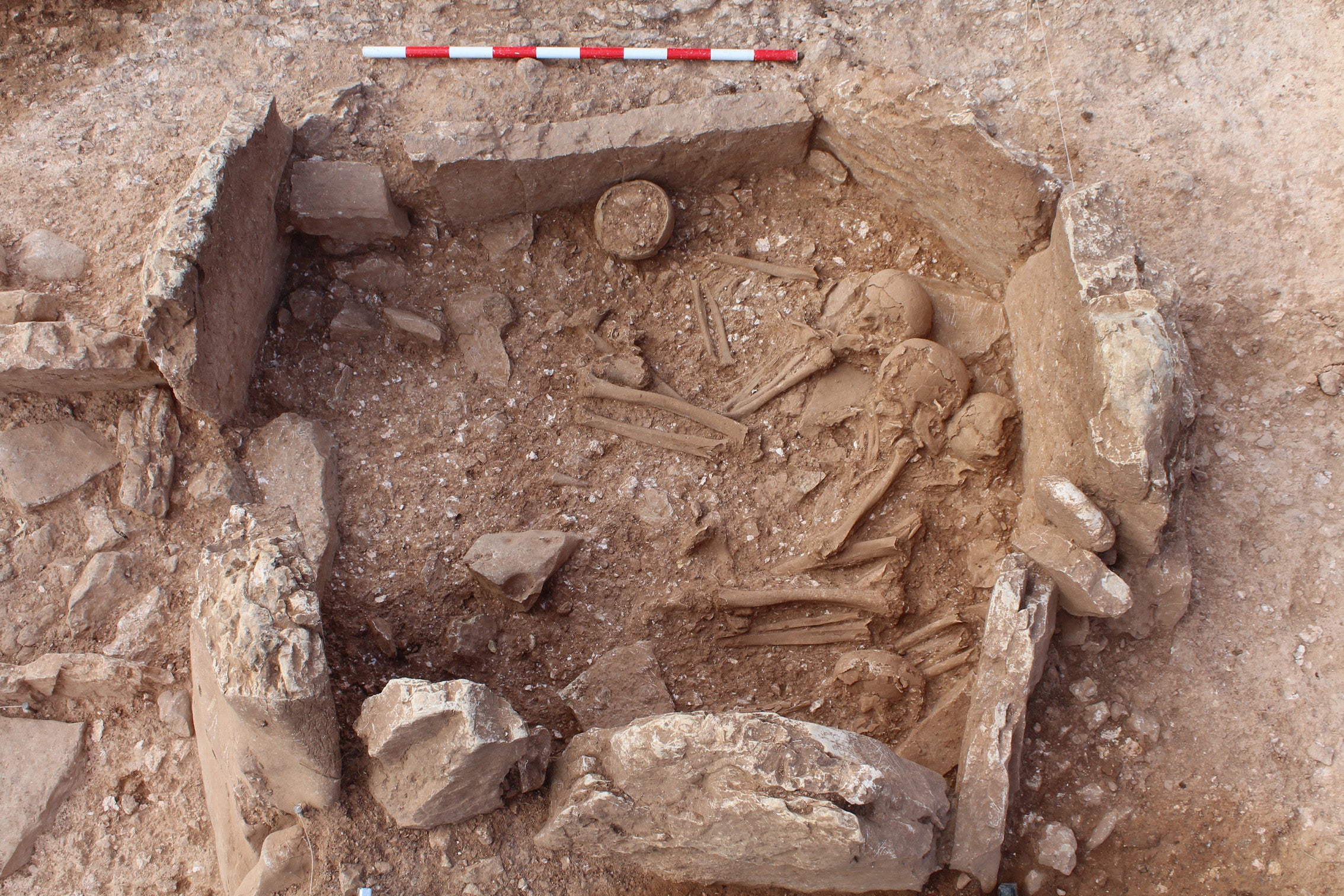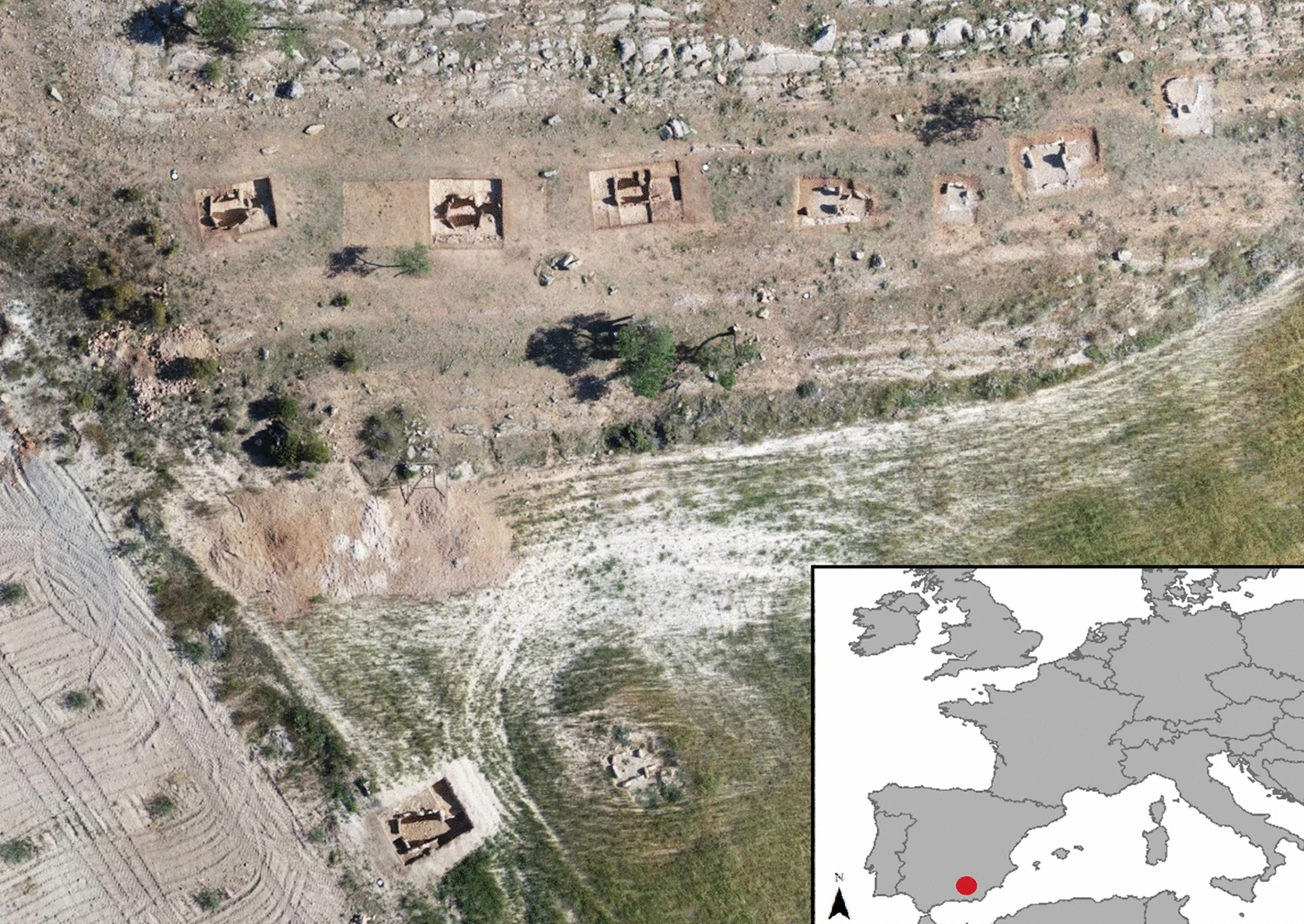Archaeologists perplexed to find prehistoric Spanish grave with twice as many women as men
Prehistoric community likely had female-centred social structure, study says
Your support helps us to tell the story
From reproductive rights to climate change to Big Tech, The Independent is on the ground when the story is developing. Whether it's investigating the financials of Elon Musk's pro-Trump PAC or producing our latest documentary, 'The A Word', which shines a light on the American women fighting for reproductive rights, we know how important it is to parse out the facts from the messaging.
At such a critical moment in US history, we need reporters on the ground. Your donation allows us to keep sending journalists to speak to both sides of the story.
The Independent is trusted by Americans across the entire political spectrum. And unlike many other quality news outlets, we choose not to lock Americans out of our reporting and analysis with paywalls. We believe quality journalism should be available to everyone, paid for by those who can afford it.
Your support makes all the difference.Archaeologists have uncovered a mysterious prehistoric grave site in Granada, Spain, with more women than men buried, raising questions about the demographic of the ancient region.
Spain’s Panoría necropolis dating to 5600 years ago seems to have an even more pronounced bias among juvenile burials with a ratio of 10 females for every male individual, researchers from the University of Granada said.
“The Panoría population shows a clear sex ratio imbalance in favour of females, with twice as many females as males,” scientists wrote in the study published in the journal Scientific Reports.
Researchers suspected the prehistoric society likely had a women-centred social structure with funerary practices based mainly on the maternal line.

The necropolis in Darro, over 400km south of the Spanish capital Madrid, consists of at least 19 graves, of which nine have been excavated.
About 55,000 human skeletal remains have so far been unearthed, and the dating of the remains has revealed that these burials took place 5600 years ago with a discontinuation in the site’s use until about 4100 years ago.
Researchers used a new technique to analyse tooth enamel and DNA to determine the biological sex of people buried in these prehistoric monuments.
The results revealed a “clear bias” in favour of female burials, twice that of male burials, researchers say.
Archaeologists say the demographic ratio is far from the usual composition of human populations – which is usually one-to-one.
Usually, such extreme biases are found in graves only under exceptional circumstances such as conflicts, wars, or intense migration, scientists said.
The bias at the Spanish necropolis was also found in all the graves at the site, across all age groups, and throughout the time of its use.
This observation allowed researchers to confirm that this bias was a persistent social decision and not likely due to extreme events like wars or conflicts.

Scientists say the ancient people likely had funerary practices based primarily on matrilineal descent with family relationships and social belonging established through the maternal line.
Young male individuals may have joined other kin groups, a practice known as male exogamy, researchers say.
“The current results obtained for Panoría are indicative of a female-centred social structure potentially influencing rites and cultural traditions,” scientists wrote.
Join our commenting forum
Join thought-provoking conversations, follow other Independent readers and see their replies
0Comments